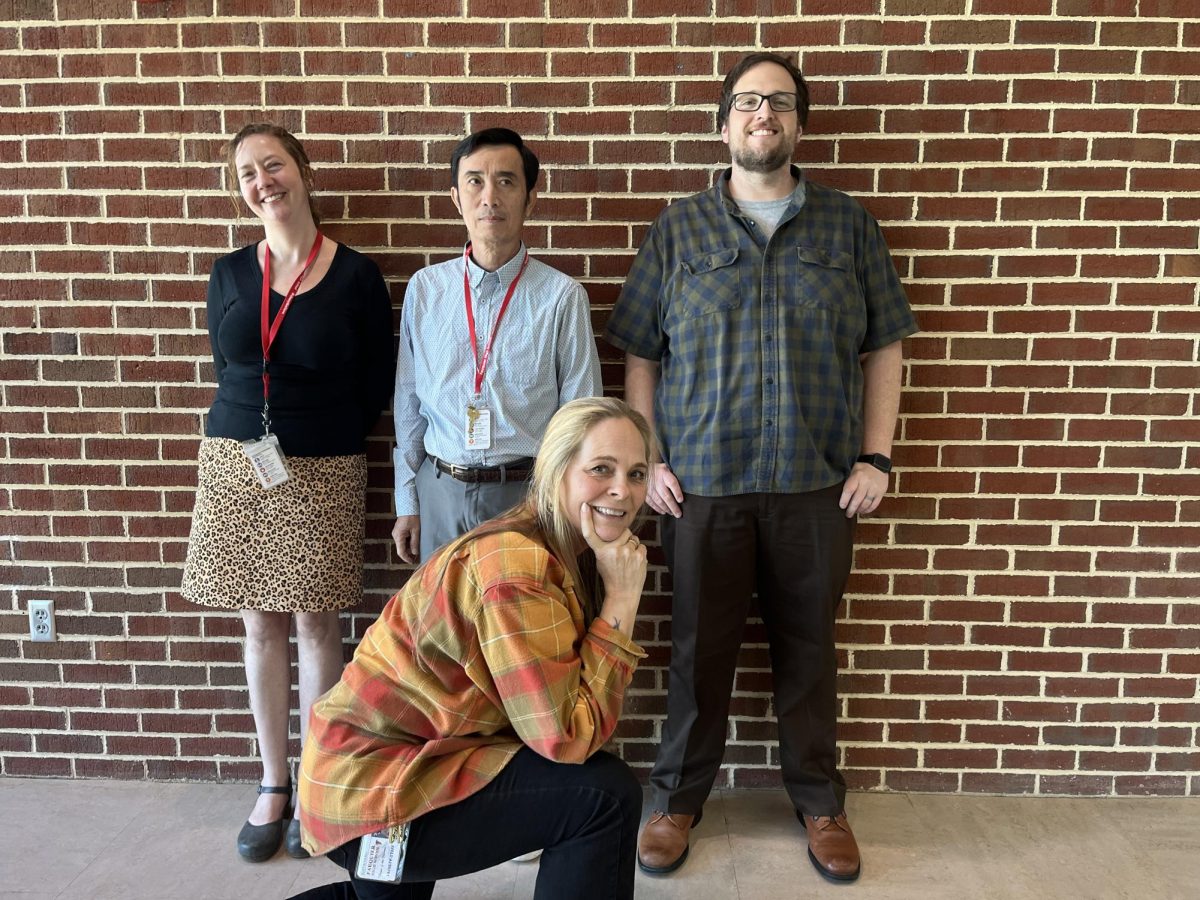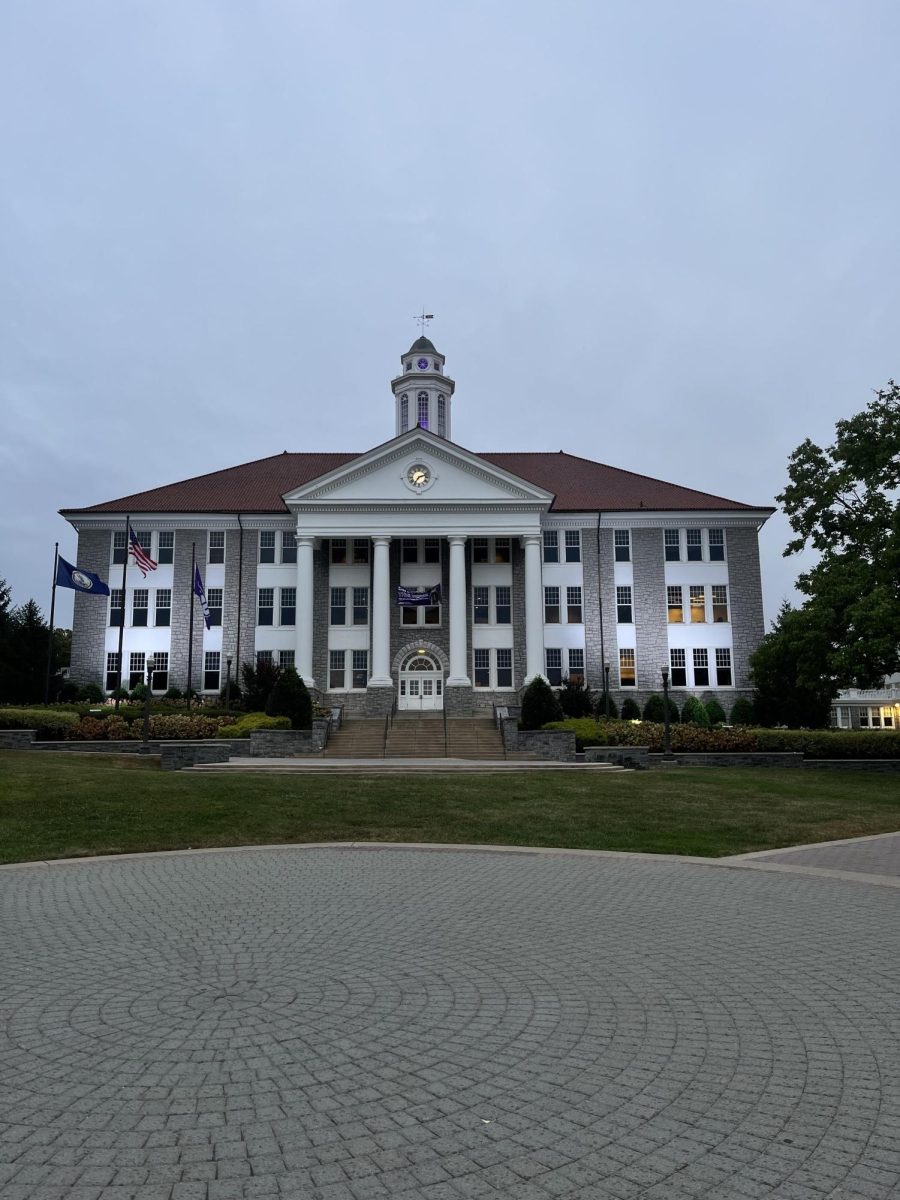Fauquier County has over 200,000 acres of forested land, according to the Fauquier County Department of Agricultural Development. These forests are the heart of the beautiful scenery of the county, and they give shelter to wildlife and offer tons of outdoor adventures. They also provide timber, climate amelioration, and conserved water which heavily benefit the county. There’s typically 100-200 trees in an acre, so there are an estimated 30,000,000 trees in the county, which is a fantastic number and the community should be proud.
“In 2010, Virginia had 6.04 Mha of natural forest, extending over 64% of its land area. In 2022, it lost 34.7 kha of natural forest, equivalent to 16.7 Mt of CO₂ emissions,” according to Global Forest Watch. This loss of forest is detrimental to the resources trees give people and animals. Comparing this to what Fauquier lost reveals an enormous difference. Global Forest Watch states that Fauquier lost 4.53 kha of tree cover which is equivalent to a 5.2% decrease in forest cover from 2001 to 2022. It is a better and lower number but still has a negative impact on Fauquier.
The causes of this decrease are numerous. Between Oct. 19 2022 and Oct. 16 2023, Global Forest Watch observed Fauquier experiencing 122 fire alerts. Fires spread quickly and can be difficult to stop if they spread far enough. Fires can end up doing incredible damage to trees and animals that were sheltered in the forest.
“New research from the Smithsonian Conservation Biology Institute (SCBI) and Shenandoah National Park finds that invasive species of forest insects and pathogens contributed to about a quarter of the tree deaths in Virginia’s Blue Ridge Mountain forests in the past three decades.” Smithsonian National Zoo (SNZ) claims. Non-native insects and pathogens can cause significant harm when brought to a new environment by human activity. Invasive species have led to seven trees being classified as endangered or threatened just in the Blue Ridge Mountain region alone according to the SNZ. Despite past resilience, invasive species continue to pose a threat to forests, and limiting their spread is important to maintaining the health and diversity of these forests.








John T • Dec 23, 2023 at 9:18 am
This leaves (no pun intended) out the clearing of huge swaths of land for building cookie-cutter housing and clear-cutting for more unneeded retail.